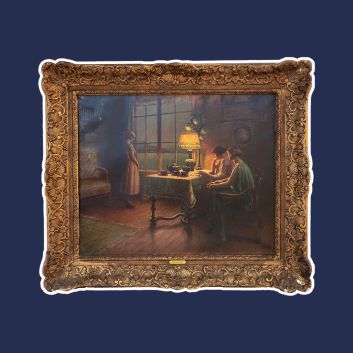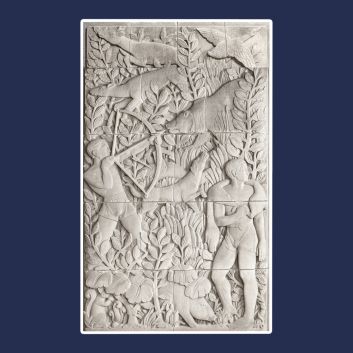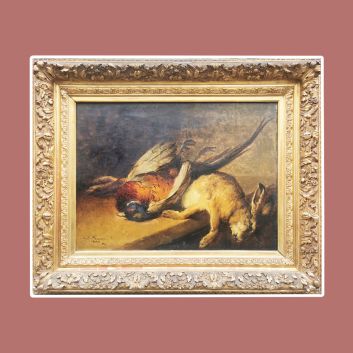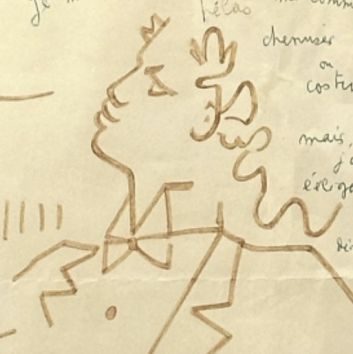Rating and value of paintings, drawings and engravings by Gustave Doré
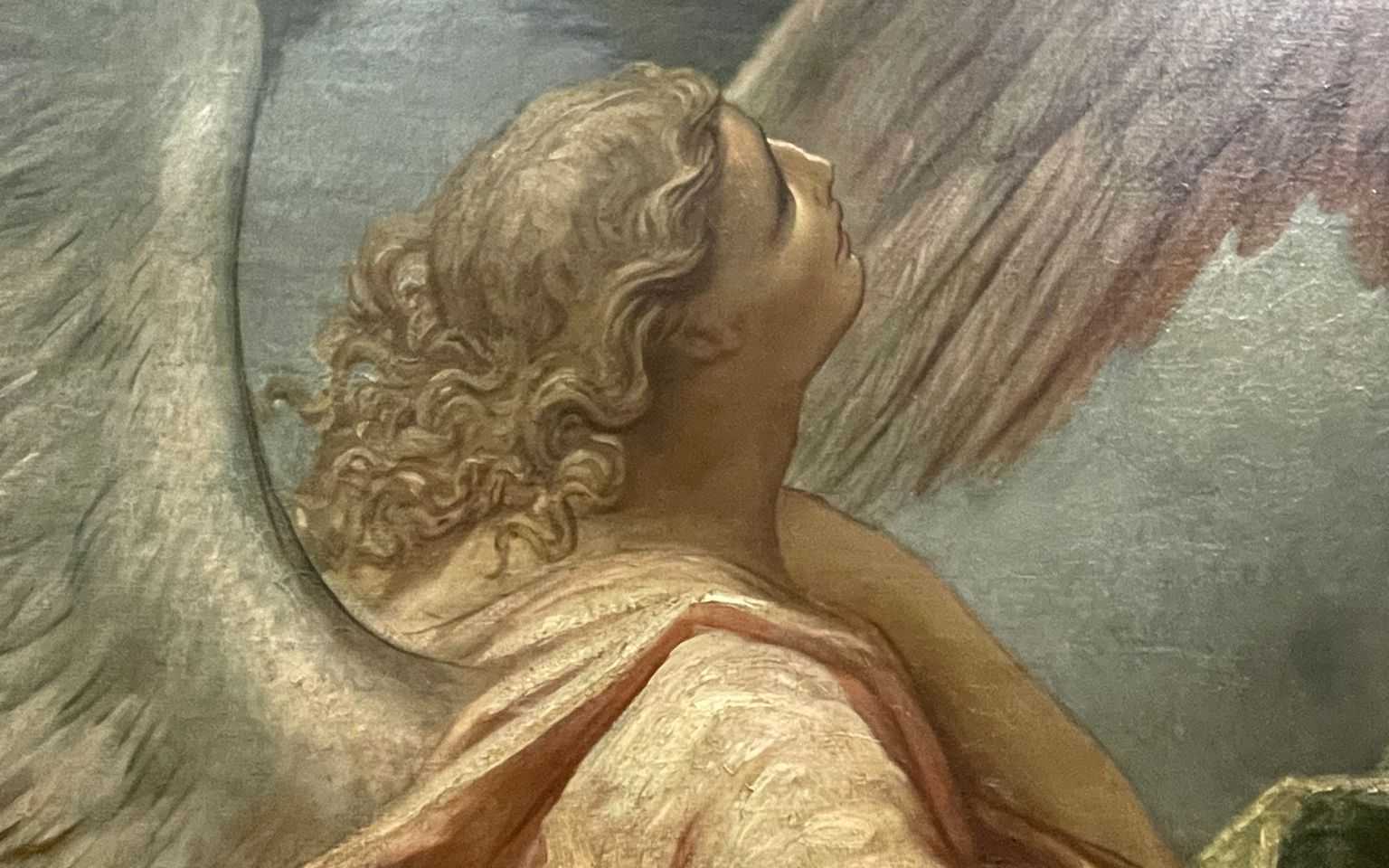
If you own a work by or about the artist Gustave Doré, and would like to know its value, our state-approved experts and auctioneers can offer you their expert appraisal services.
Our specialists will carry out a free appraisal of your work, and provide you with a precise estimate of its current market value.
Then, if you want to sell your work, we'll point you in the right direction to get the best possible price for it.
Artist's rating and value Gustave Doré
Gustave Doré is a member of the Romantic group of artists. His legacy includes paintings, prints and drawings. Today, prices for his works are skyrocketing under auctioneers' gavels.
His paintings are particularly prized by French buyers, and the prices at which they sell on the art market range from €40 to €502,240, a considerable delta but one that speaks volumes about the value that can be attributed to Doré's works.
In 2023, a drawing created using the graphite technique, Le corbeau et la Mort, sold for €75,000, whereas its estimate was between €50,000 and €80,000. The artist's value is high and varies according to the number of works on the auction market.
Order of value from a simple work to the most prestigious
Technique used | Results |
|---|---|
Sculpture | From €300 to €3,500 |
From €70 to €92,000 | |
Drawing - watercolor | From €40 to €470,000 |
Oil on canvas | From €410 to €502,240 |
Response in less than 24h

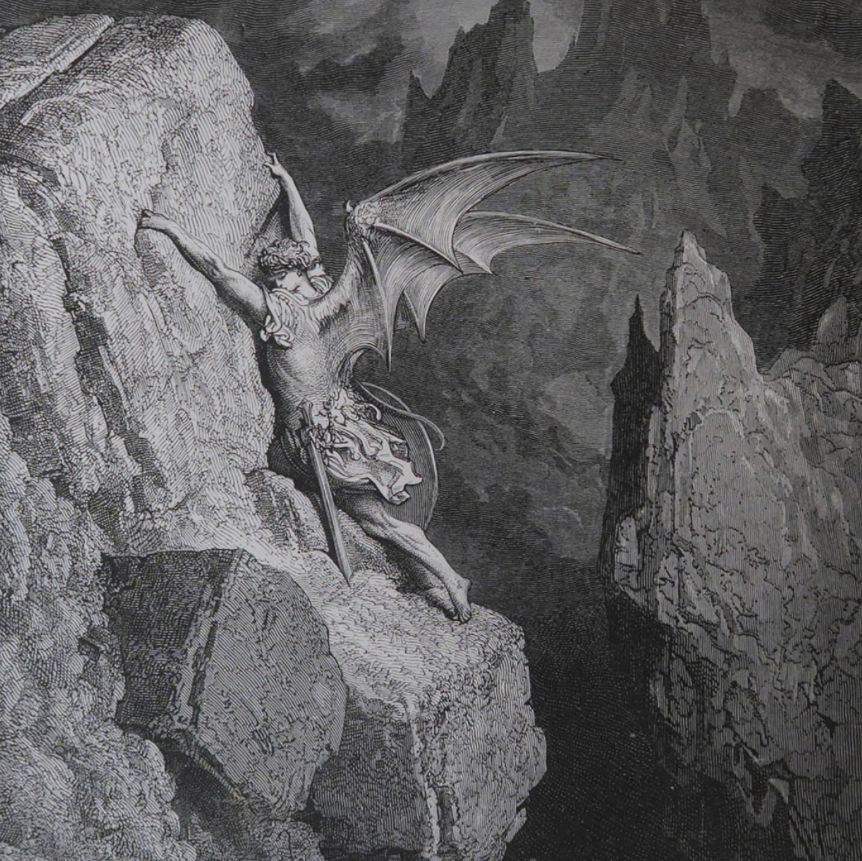
Gustave Doré's style and technique
Gustave Doré's style is above all marked by a vivid imagination and an impressive sense of detail. His works, particularly his illustrations, reveal a world both dreamlike and dramatic, in which every element seems charged with narrative energy.
This unique style enables him to capture the essence of the literary works he illustrates, adding a visual depth that amplifies the story.
Doré is a master of light and shadow, playing on contrasts to enhance the atmosphere of his scenes. His black-and-white engravings, notably those of the Divine Comedy, are distinguished by their ability to evoke grandiose landscapes and expressive characters with an economy of means.
Every stroke seems meticulously thought out to add a theatrical, dramatic, sometimes almost supernatural dimension to his compositions. This is particularly true in Dante's infernal scenes, where anguish and terror are amplified by the masterful use of chiaroscuro.
Technically, Doré excelled in the art of woodcutting, a demanding technique requiring great precision.
He works with engravers to transfer his designs onto wood blocks, but supervises every step of the process to ensure that his personal style is faithfully reproduced.
His engravings are rich in detail, with particular attention paid to textures and architectural elements, whether celestial landscapes, tormented hells or medieval cities, which he illustrates with incredible meticulousness.
This taste for detail can be seen as an extension of his interest in Gothic architecture, which influenced his art from an early age.
In painting, although less well-known than for his engravings, Doré uses a darker palette, often dominated by cold, dramatic tones.
His painted compositions retain the theatrical aspect of his illustrations, with characters of marked expression and grandiose settings. The same technical rigor is found in his canvases, where he exploits contrasts in light to create powerful atmospheres, often imbued with mysticism.
The influence of the Romantic movement is also palpable in his work. Like the Romantics, Doré sought to capture the raw emotion and strangeness of the world, oscillating between the sublime and the grotesque.
His characters are often imprisoned in monumental environments that seem to overwhelm the human being with their immensity. This tension between the individual and the immensity of nature or the spiritual universe lends his work an almost epic dimension.
In short, Gustave Doré's style is that of a visionary, able to transcend the technical limitations of engraving and painting to bring to life rich, complex and often dark inner worlds.

The life of Gustave Doré
Gustave Doré (1832-1883) was a multi-talented artist: painter, draughtsman, sculptor and engraver, he left his mark on the history of art through the diversity and abundance of his work.
Born in Strasbourg into a wealthy family, he was encouraged from an early age by his mother, who firmly believed in his artistic potential. From the age of five, he revealed a gift for drawing that surprised and sometimes frightened those around him, notably with his first drawing, a hen with a mystical air.
His precocious pencil stroke only became stronger with time, and he began taking drawing lessons to perfect his talent.
At school, he drew inspiration from medieval architecture and the Gothic movement, profoundly influencing his artistic style. His first caricatures were already attracting attention, and at just thirteen, his work was published for the first time.
This was an important step for the young artist, who, although destined by his father for a career as a polytechnician, could not ignore the call of art.
In 1847, his life took a decisive turn when the family moved to Paris. It was here that he met Charles Philipon, director of the Albert&cie publishing house, an influential figure in the illustrated press world.
Philipon, who had already discovered Honoré Daumierwas quick to recognize Doré's talent. At just fifteen, the budding artist was offered a contract for a weekly publication, despite his father's misgivings.
This contract, supported by his mother, opened the door to a promising career in illustration, while at the same time requiring him to continue his studies. Doré moved to Paris, where he attended the Lycée Charlemagne, while continuing to draw prolifically.
The early years in Paris were marked by fruitful collaborations with the press, but Doré aspired to more. He began to produce paintings on religious subjects, a theme he would pursue throughout his career, seeking to make a name for himself at the Salon, the annual exhibition of French artists.
At the same time, he made a name for himself as a talented illustrator by collaborating with various newspapers, including Le journal pour rire, for which he produced the illustrations for the poem Le Juif errant.
However, it was his illustrations of Dante's Divine Comedy that propelled him onto the international stage. These engravings, imbued with mysticism and exceptional dramatic depth, captivated audiences and critics alike.
Doré quickly became one of the most sought-after illustrators of his time, and his fame spread far beyond the borders of France. He also illustrated other literary masterpieces, such as the works of Rabelais and Cervantes, demonstrating his incredible versatility.
But Gustave Doré's career was not limited to illustration. A complete artist, he also tried his hand at sculpture and painting. Towards the end of his life, he enlisted in the Garde Nationale during the Paris Commune, and this experience is reflected in his later works, particularly his patriotic paintings.
Although these works were not always immediately successful, they testify to his attachment to his country and his desire to contribute to national history.
Sadly, Gustave Doré's life was cut short by a heart attack at the age of 51. He left behind an immense legacy, with over 10,000 works, an impressive figure that illustrates the incredible productivity and passion that animated him throughout his life.
His funeral, held at the Basilique Sainte-Clothilde by his friend Marshal Foch, testifies to the impact he had not only on the art world, but also on his contemporaries.
Gustave Doré, illustrator of genius and misunderstood painter
Gustave Doré's influence on his time
Gustave Doré's legacy is as vast as his work, covering an impressive range of artistic fields.
With over 10,000 works to his credit, Doré left behind a body of work of incomparable richness, whose influence extends far beyond the borders of France and his era.
His work, particularly his illustrations, has left its mark on generations of artists in the fields of illustration, painting, engraving and even film.
His epic depictions, imbued with dramatic power and narrative depth, inspired not only great illustrators and painters, but also film-makers who saw his visual style as a source of inspiration for creating fantastic, cinematic worlds.
Doré's influence also extended to comics, where his dynamic use of composition and acute sense of detail paved the way for new forms of visual expression.
His engravings, with their play of light and dramatic perspectives, showed how an image could tell a story as powerfully as a text.
Many 20th-century artists, fascinated by his ability to make the invisible visible, drew on his work to enrich their own creations, including Alphonse Mucha and Erté.
It's no exaggeration to say that Doré helped transform illustration into an art form in its own right, worthy of the same respect and recognition as painting or sculpture.
Private collectors play a key role in preserving and disseminating this immense legacy. With such an abundant output, it is impossible for museums to exhibit everything, which gives collectors the responsibility of looking after a significant part of his work.
Many of them are passionate about Doré's art and allow his illustrations and paintings to circulate in temporary exhibitions around the world, giving the public the chance to rediscover this prolific artist.
These private initiatives, which complement museums, help to keep Doré's spirit alive, not only by preserving his works but also by making them available to new generations of viewers.
As far as museums are concerned, some major institutions preserve and exhibit works by Doré, even if his work has not always received the same lustre as that of other artists of his time.
However, a number of retrospective exhibitions have done him justice, revealing to the general public the extent of his talent and the diversity of his creations, from engravings to sculptures to paintings.
Today, the museums that exhibit his work help us better understand the impact he had on the visual arts, and why his work continues to resonate so strongly.
In short, Gustave Doré's legacy is not limited to his impressive artistic output.
It also lies in the lasting influence he has exerted on other creators, in the passion of private collectors who preserve and exhibit his work, and in the way he has redefined the boundaries between illustration, graphic art and narrative art. His mark on the art world remains indelible.
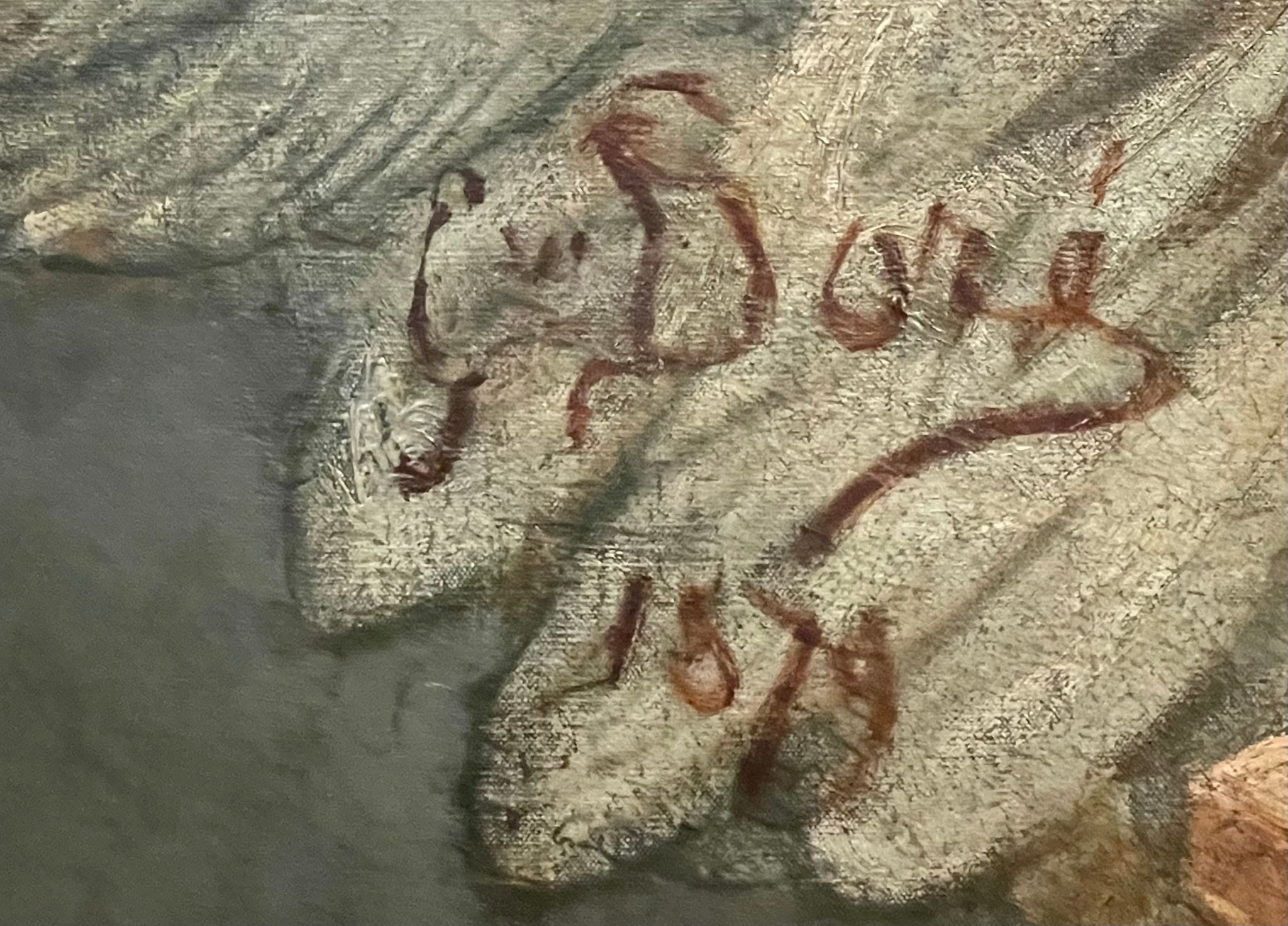
Knowing the value of a work
If you happen to own a work by Gustave Doré or after the artist, don't hesitate to request a free appraisal using the form on our website.
A member of our team of experts and certified auctioneers will contact you promptly to provide you with an estimate of the market value of your work, as well as any relevant information about it.
If you're thinking of selling your work of art, our specialists will also be on hand to help you find alternatives for selling it at the best possible price, taking market trends into account.
Response in less than 24h
Related topics
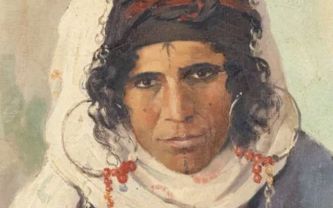
2024 price and value of Max's paintings, drawings, paintings...
Max Moreau is an orientalist painter of the twentieth century who produced paintings whose prices and value are high on the auction market.
Read more >
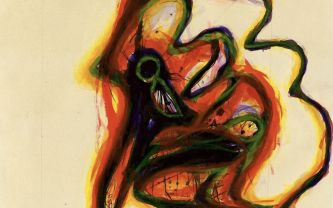
Rating and value of paintings by Arnulf Rainer
Arnulf Rainer is an abstract Austrian artist who has produced works that are highly regarded and valued.
Read more >
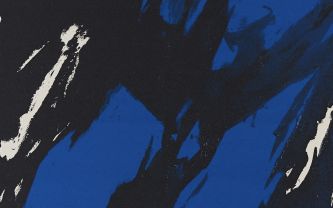
Rating and value of paintings by Judit Rei...
Judit Reigl is an abstract painter who has produced many works that are highly rated and valued at auction. Estimated in 24h.
Read more >
Secure site, anonymity preserved
State-approved auctioneer and expert
Free, certified estimates

